Thus far I’ve spent most of my posts discussing work that I’ve done for clients. Honestly, I have no real gauge of how helpful or interesting any of that really is to anyone out there, but hopefully I’ve been able to touch on some things that add clarity into my mindset or process in some way. One thing that has been a bit lacking however, is a real sense of who I am. At least in terms of my work. I mean, what is my work about?
The answer is, I don’t really know.
I’ll be up front: I am not my own audience. It’s a long story, but suffice it to say that fantasy gaming art chose me more than I chose it, and I’ve found that while it mostly suits me, there’s a lot about it that frankly doesn’t. I don’t feel that the things I’m paid to paint and the way I’m paid to paint them allow for a whole lot of self-expression. Whether or not client work is even a great venue for self-expression to begin with is probably an entire post in itself and a topic upon which opinions will vary (note to self), either way, my clients and the commissions they provide just don’t tend to speak to me beyond the interesting technical challenges that come with them. And in recent years, that’s increasingly become frustrating to me.
The idea of doing personal work isn’t exactly new or original, but its something that came to me a bit late in my career. For most of my tenure illustrating professionally, the work I did has been entirely client work or spec work in the pursuit of future client work. Self expression wasn’t something I gave a ton of thought to and I was just happy to be a pair of hands fulfilling my client’s needs. But then five or six years ago, something began to change in me and I started to become aware that what I was painting wasn’t entirely my bag. I realized that I wasn’t completely satisfied with what I was doing and decided to create an outlet that was something other than the fantasy imagery I’d been painting day in and day out. Thing is, I wasn’t sure what I even wanted to paint to begin with. So I decided to start small.
While there are outliers, the work generally comes together in one of three ways (or a combination of two). Again, nothing revolutionary, but there might be a nugget worth pondering.
The Doodle Turned Mini-Painting
This is as close to my usual illustration process (if you could call it that) as these things go. But it’s a lot less rigid in terms of adherence to a sketch and I try my best to keep discovering the work throughout the process. Still, they begin with a sketch.
My sketchbook is an embarrassment and a mess. It’s exactly what I want it to be. While I know some folks out there who have immaculate sketchbooks with page after page of fully realized artwork, mine is just a series of scribbles and notes that vary in legibility. Occasionally I do something thats a bit more finished that’s not completely embarrassing.
But most of the time it’s unfinished gobbledygook.
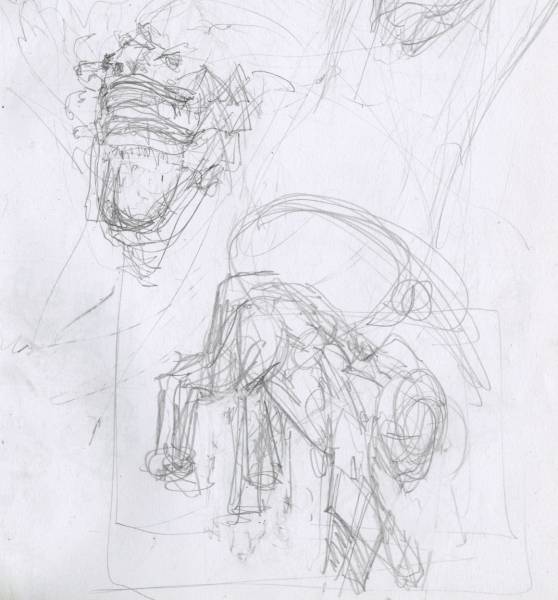
I think these are explorations for a piece I did for Magic: the Gathering called Masticore. At least I think.
Once in a while, though, I scribble something that I feel a need to flesh out and explored further, and I often do that with quick 5×7 – 8×10 oil paintings.
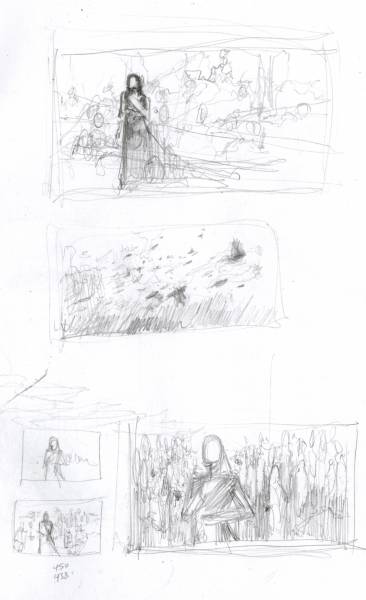
The top and bottom sections of this sketchbook page started to intrigue me enough to follow through. That middle bit became a much larger work.
Why go to paint rather than flesh it out in a more polished drawing? Well, I find paint to be faster, frankly, and I enjoy the process more. The mini-paintings are quick and dirty, done with thin paint using a lot of medium so my brushes can slip and slide across the surface, and so I can easily wipe away to the white gesso underneath. A tool I often use for this is a rubber “Colour Shaper” tool, which comes in several different shapes and sizes. Otherwise, I just use a brush loaded with medium, or a bit of paper towel (or a combination of these depending on the effect I’m looking to achieve).
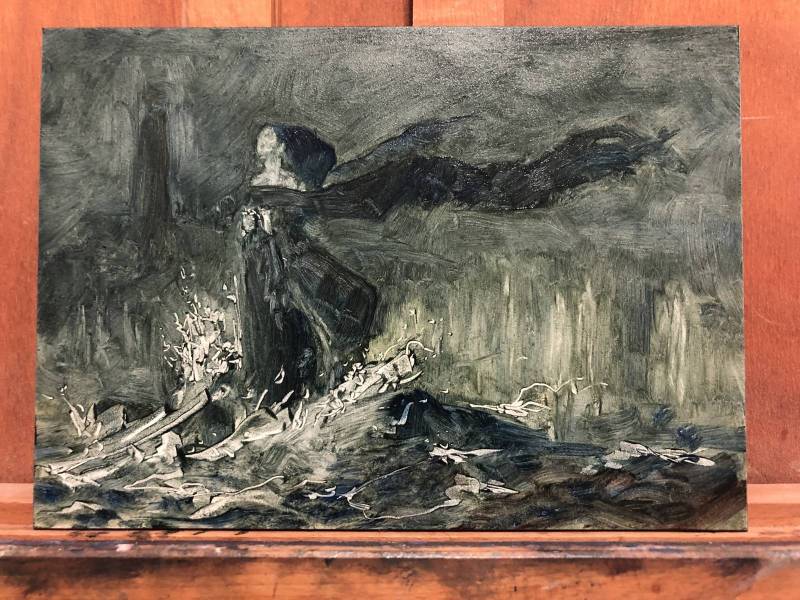
From the above sketches, I created this, improvising a bit along the way. There are a lot of people who feel I should have let the piece go at this. And maybe they’re right. But I kind wanted to see where it would go. I may go back and try and recreate this piece if only as an experiment.
Despite the speed of these explorations, I get to learn a lot about each image and solve a lot of its problems. If it’s not really working, I can just wipe the whole surface down and start all over again, or use the surface for another exploration later. If, however, the result proves promising, I’ll either keep the oil doodles as is or maybe bring them to a more finished state.
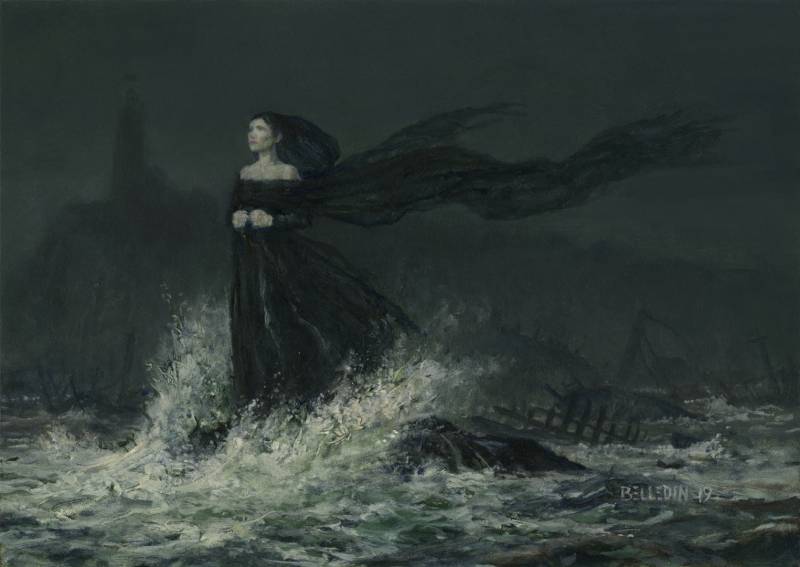
Here’s where I eventually took the piece. Whether I finished it or ruined it I leave you to decide, but I confess that it lost something (or several somethings) in the finishing. Still, I’ve decided to do more studies to explore other possibilities for the piece in case I want to turn it into a larger work, and to see if I can find ways to recapture some of the things lost in development.
In the end, I’m left with a bunch of little pieces that I can sell or use as studies for future, larger works (or both).
The Larger Works
Occasionally I’ll come up with something from the smaller works that I’m excited about enough to take to a larger-scale finish. Unfortunately, they tend to be not just larger works, but also long form works, as well. While I might get as much as three to four consecutive days at a span to work on them in between paid gigs (not to mention work on fixing up my house, which…ugh), for the most part these come to fruition at a snail’s pace over months of chipping away in whatever free time I might be able to spare. The fact that I’m a slow painter is not helpful.
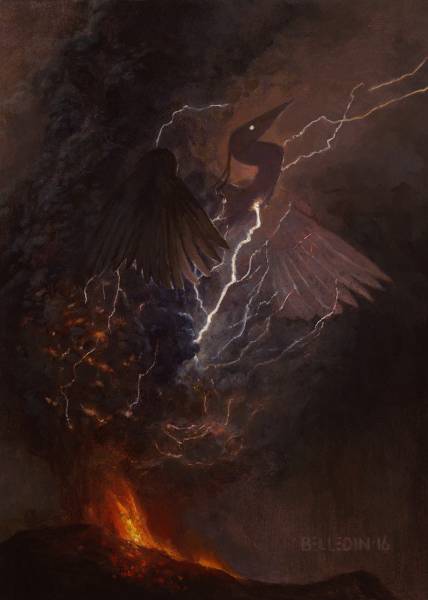
This piece is a 5″x7″ study that I liked enough to explore further. So, I went ahead and embiggened it.
Still, I’m lucky enough to have two easels in my studio and I try and keep a large personal piece cooking at all times. If I’m really lucky, I don’t get tired of looking at them and can keep some degree of momentum with them.
You know…if I’m lucky.
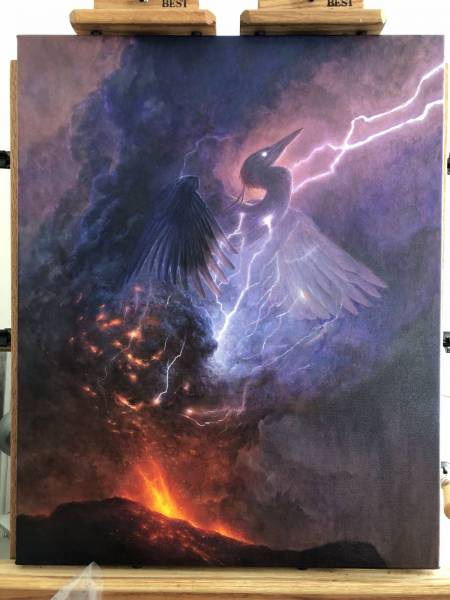
Here’s a pretty awful cellphone pic of the piece in situ in my studio. It’s getting pretty close to completion. It’s oil on canvas (which I don’t work on a lot but wanted to try again), and measures 24″x30″.
Cloud Seeing
The most fun I have painting nowadays, however, are those pieces I do on using a process a friend of mine calls “cloud-seeing.” I’m sure there’s an actual name for it, but it’s basically improvisational painting. Functionally, it’s kind of similar to something I’ve seen Rick Berry and other talented folks do in that I begin each piece without so much as a plan or a sketch and start making marks. During the ebb and flow of mark making, I look for imagery in the chaos in the same way that one might look for animal shapes in clouds. I then attempt to carve out some clarity with paint and various paint scrapers, paper towels, etc. All the while I try and keep an open mind and not get hung up on a given idea or concept. All sorts of images start to suggest themselves, and it’s all a matter of letting go and helping them happen. Sometimes the images are transitory because they start to suggest something even better, so it’s also about not being too precious. For me, it’s all about staying open, playing, and capitalizing on the random.
I say that it’s functionally similar to something Rick Berry does, but I am not Rick Berry. My hit percentage isn’t that high, and I have wiped many, many more surfaces than I’ve kept. Right now, I see these works primarily as exercises since I am so rarely satisfied with where they end up, but I hope to get to the point where I’m regularly developing things this way. Either way, the cost in time and materials is virtually non-existent because of the speed and the fact that the process has a built-in reset button in the form of a paper towel. As such, there is no pressure and I’m allowed to enjoy even the failures. Especially the failures.
Anyway, here are a couple of examples that I think landed.
The last piece ended up inspiring an entire series of work, which is more than I could have asked for.
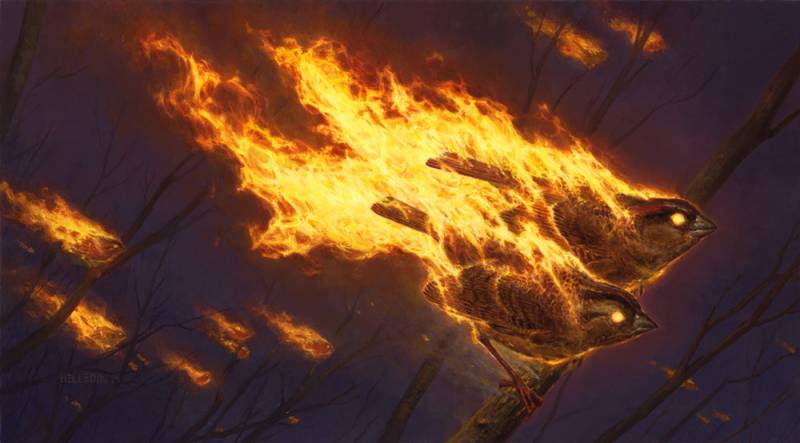
So what’s the point of all this? I guess in one respect, it’s a warning. Know that it’s possible to get lost in your client work. It’s possible for years to go by and spend an entire working life doing nothing but making clients happy and leaving your voice on the sidelines. Don’t get me wrong, every piece each of us do have some part of our voice in there simply because the assignment was filtered through our brains and hands. But assignments don’t necessarily give us the room to say some of the things we might want to. There’s nothing wrong, however, with being completely content churning out commissioned work. It just wasn’t going to work for me.
Beyond that, I think it’s not a terrible idea to keep a channel open for self-discovery and experimentation that isn’t bogged down with the pressure of drumming up paid gigs. For me, that means figuring out what I want to create. Figuring out how to create it. Figuring out what I want to communicate and how best to do it. Figuring out new ways of doing things entirely. Maybe five years in the future, my aesthetic will be different, the medium I use will be different, and the subject matter will be different. Maybe I’ll have figured out kind of imagery better suits me and I’ll get to paint that instead. Or maybe in five years my work will be kind of the same but more…me.
There are folks out there who can turn the wheel and course correct with ease. I’m not that guy. At least not yet. Right now I need to experiment and play and fail and find myself a little at a time, piece by piece. The steps are getting bigger, the varieties of media are starting to diversify as I reacquaint myself with different paints and inks I used to use decades ago, and the level of play is starting to increase. Client work continues to be fun and present new challenges, but maybe over time the stuff on the back burner will end up being the whole point of the meal, and maybe the stuff I discover there will find its way into all of my work, no matter who it’s for.



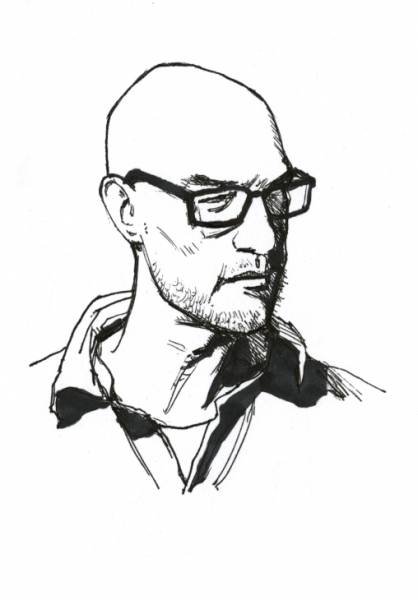
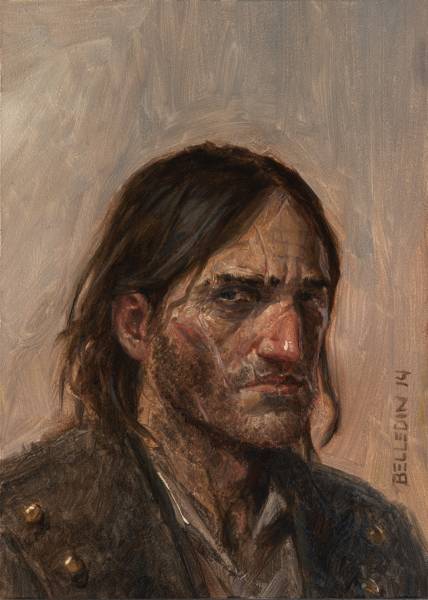
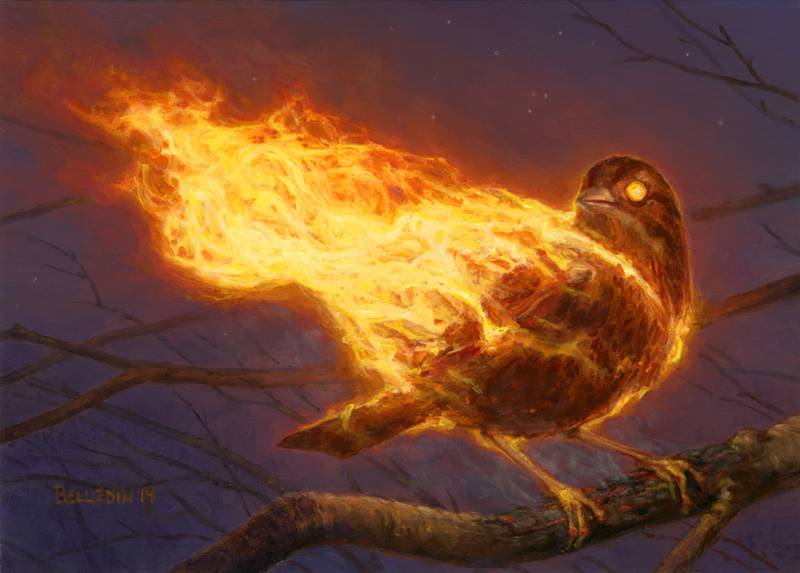
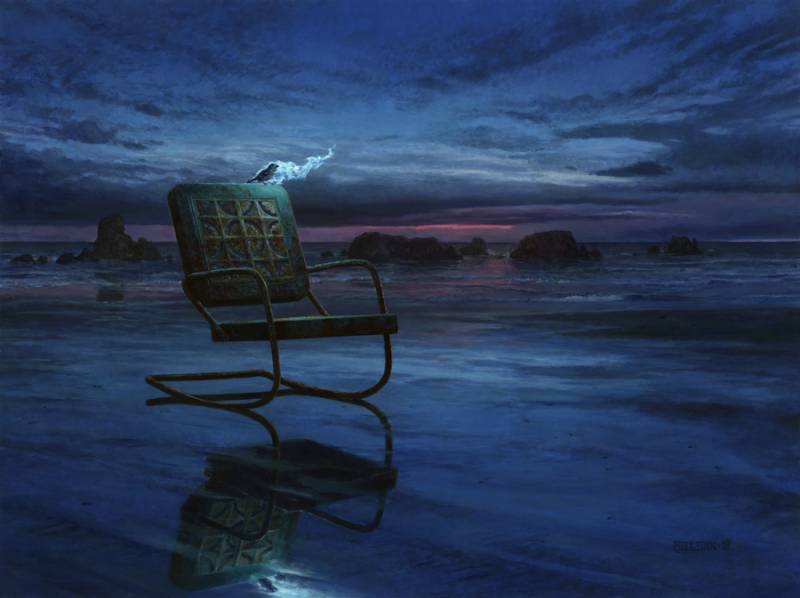


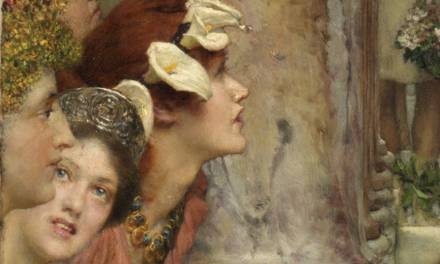
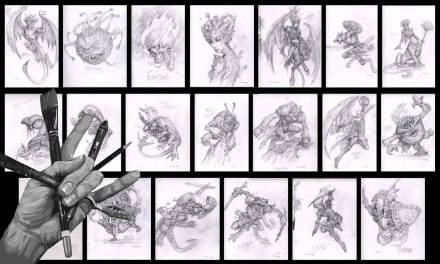


great burning birds pictures, however sad they are and yes it helps to have work on the side of client work. Otherwise its easy to loose the connection to the reason why we make pictures.
You have no idea how validating it is to see someone else do the 5×7 paint studies rather than slave away at sketches, to work positively and negatively, and to let paintings emerge. I really hope you video your work because it’s a different approach than I see a lot of people take, and I, at least, would find it fascinating to watch. I can do the small studies. I’m still working through how to take them to finished paintings without losing all the wonderful brushwork.
Great to see others have a sketchbook like mine. I have doodles, quick sketches, phrases, gestures, unfinished ideas, etc. I’ll go back sometimes and develop something further, which may be fully expressed in any number of media.
There is a bird, I believe in Australia, that has been spotted picking up burning debris from a wildfire and spreading it – apparently they do this to feast on the panicked small animals that dash out of the blaze, or on the roasted dead things – they aren’t picky. But it’s interesting that there is a bird that does this.